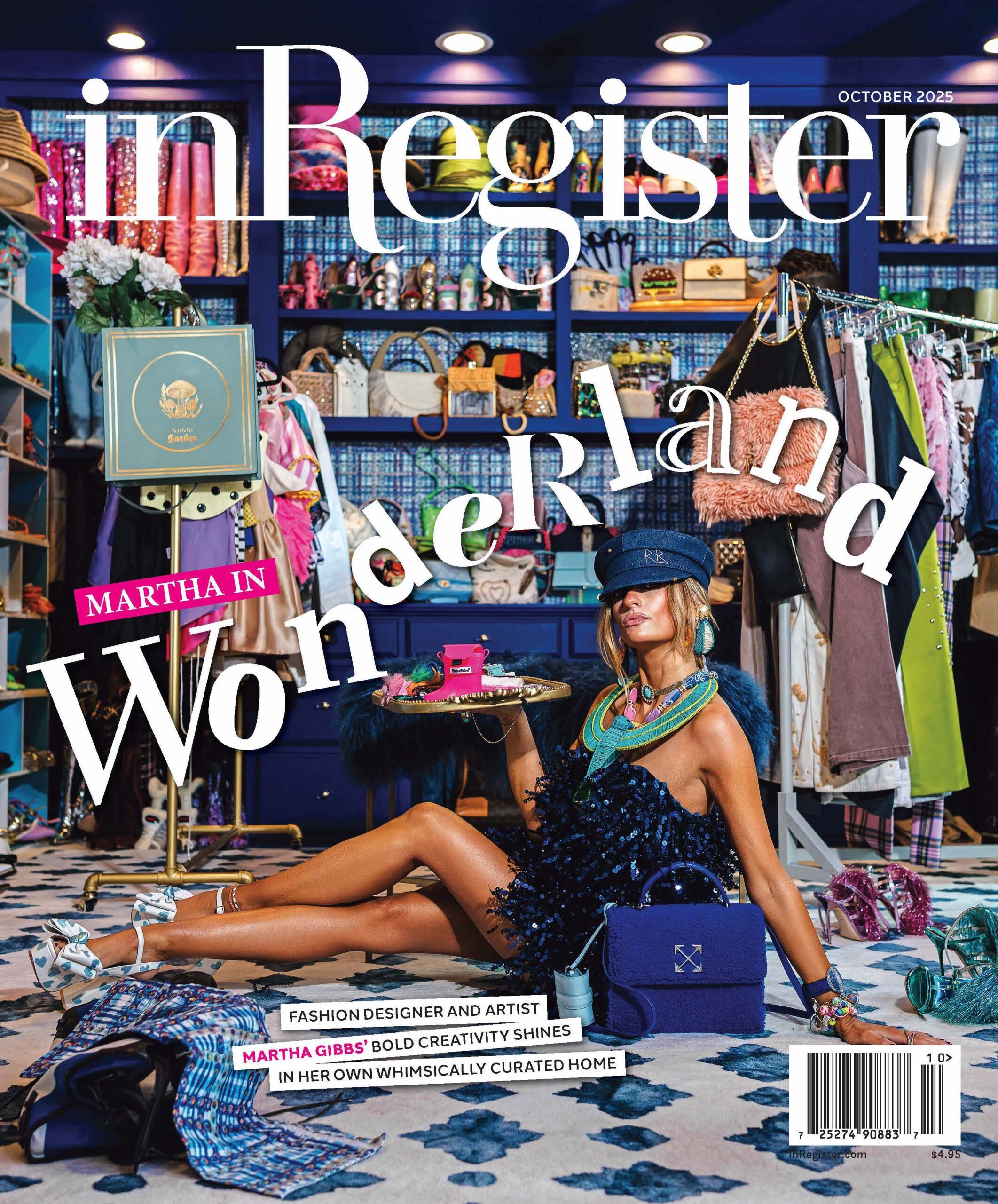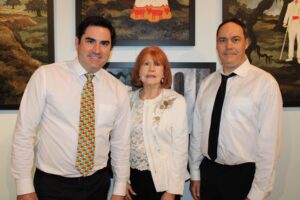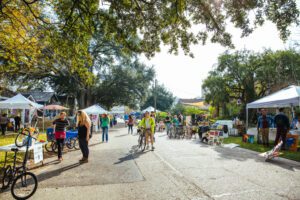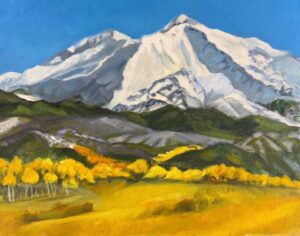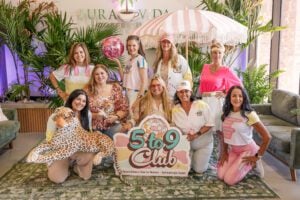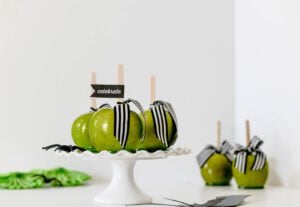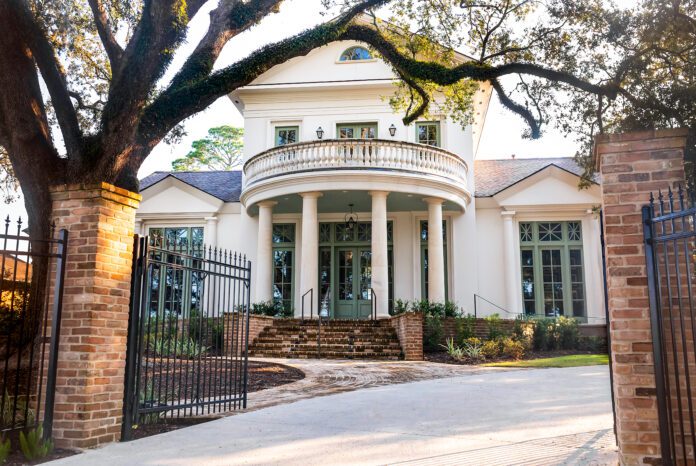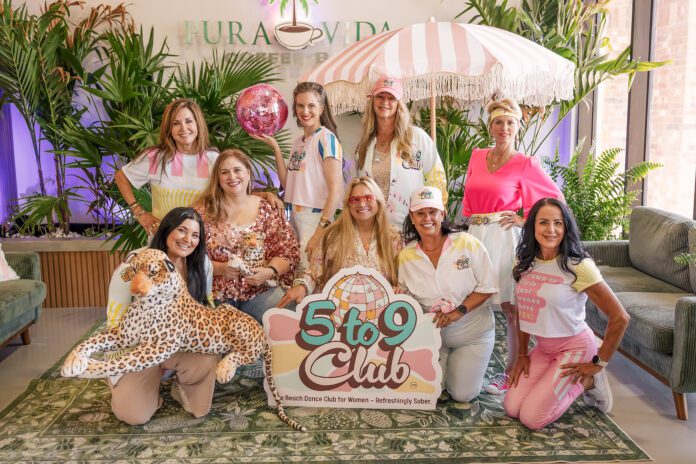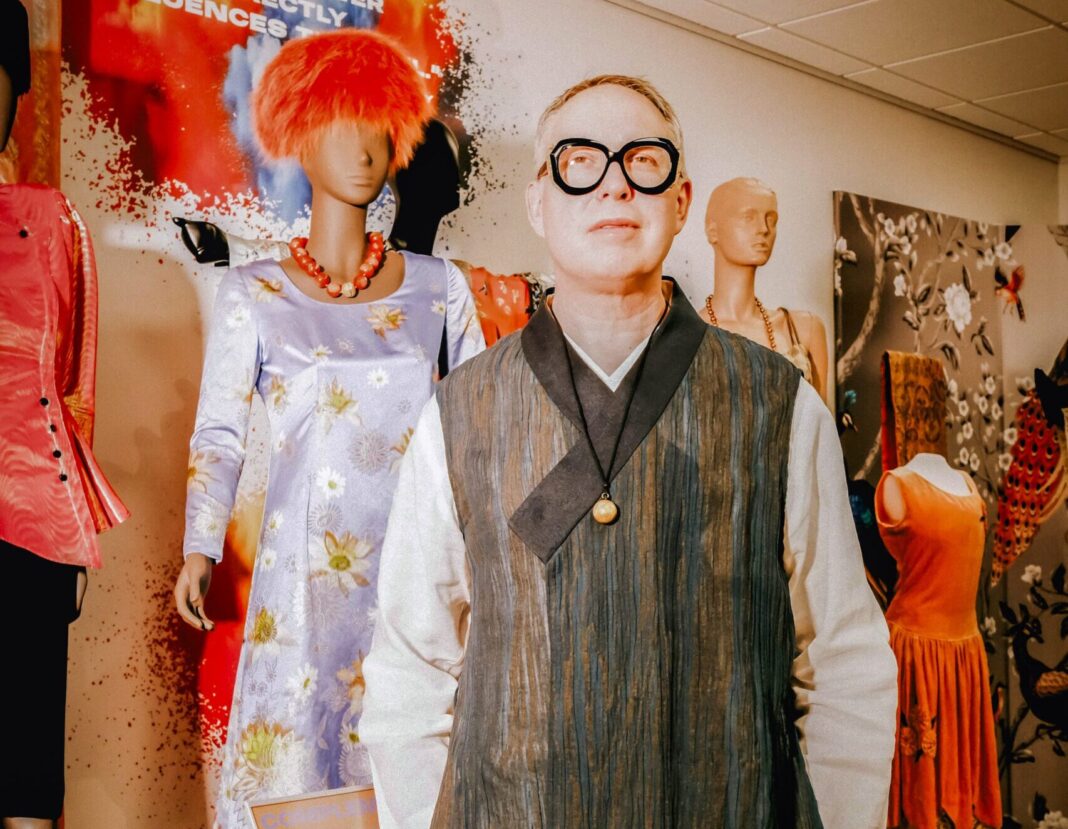
The fashionable life and work of LSU’s Michael Mamp
In an unassuming door halfway down the hallway of the Human Ecology Building on LSU’s campus, a treasure trove of couture clothing and handmade accessories lives in rows of towering beige cabinets. Here, in the climate-controlled storage wing of the LSU Textile and Costume Museum, fashion historian and associate professor Michael Mamp, PhD, who serves as the museum’s director and curator, works with graduate students to catalog and preserve the robust collection. Then, he delves into the ambitious pursuit of organizing artifacts into cohesive exhibitions, primarily focusing on the narratives that textiles within the collection tell of women’s histories and the diverse people and cultures of Louisiana.
Growing up in Detroit, Mamp spent countless hours in Crowley’s department store, where his mother worked as the senior dress buyer. “I was often in my mother’s office after school and just fascinated by this business that was simultaneously beautiful, alluring and joyful, but also very competitive and intense,” he says. “And I think that combination of joy and beauty and pursuit of excellence influenced me early on.”
His mother put him to work in the stockroom at 14, and he has worked exclusively in fashion ever since, including 14 years in merchandising for Bloomingdale’s, Saks Fifth Avenue, Lane Bryant and others.
Since 2022, his robust body of research, combined with his experience in retail and deep respect for sartorial excellence, has informed both his teachings at LSU and the university’s Textile and Costume Museum’s exhibitions. Spanning centuries, the holdings include designs by Louisiana-born designers and brands, such as San Carlin and Geoffrey Beene, alongside renowned haute couture houses and traditional textiles made of Acadian brown cotton, called l’amour de la mère—a centuries-old tradition unique to the Acadians forcibly exiled to Louisiana from Nova Scotia in the 1700s.
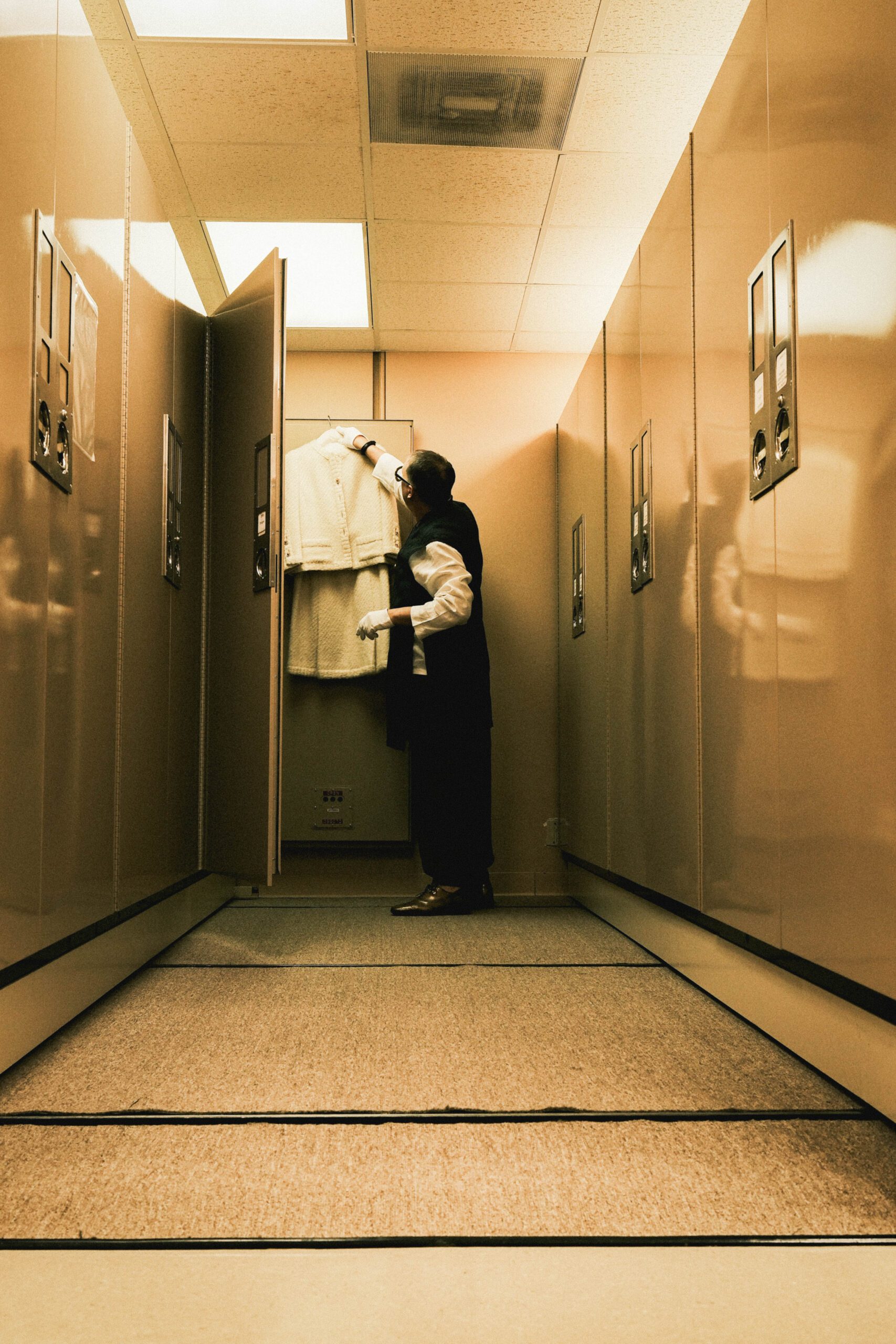
The department stores where Mamp made his foray into fashion were as integral to his career and research as they are to fashion history. Designer pieces purchased at local department stores, including Godchaux’s, Maison Blanche, Rosenfields and D.H. Holmes, are central to the museum collection’s identity, which largely consists of clothing worn by local upper-middle-class and middle-class women.
“The department stores offered a variety of different price points in them, but someone who wanted to or could purchase the higher-end designer clothes could do so, and really, that’s the foundation of our collection,” Mamp says. While the majority of its holdings consist of women’s clothing, shoes and accessories, artifacts such as Senator Russell Long’s suit and beaver fur top hat are also preserved there.
“Aside from LSU having this amazing collection, I was particularly interested in the history of the Acadians and their weaving practice, because it’s so specific to Louisiana,” says the Detroit native. Mamp showcased this portion of the museum’s collection in the 2024 exhibit, Woven Louisiana History: Acadian Textiles. In the museum’s latest exhibition, Color Me Fashion, Mamp illuminates the breadth of the museum’s holdings in a display of more than 45 looks, complete with accessories, spanning from 1890 to 1990. The current exhibit, on display through August 15, presents a mosaic of silhouettes, styles and eras, all united by a common thread of color. But it’s not just the prestige labels worn and created by Louisianans that distinguish the collection. Its strength lies just as much in its steadfast supporters.
“The museum exists only because we’ve had unbelievable support from the community for decades now,” Mamp explains. “The items that are in our collection have primarily been donated by the community, and the funds that we need to operate are completely generated through charitable contributions.”
As he contemplates the future of fashion preservation, with nearly all of the legendary department stores now defunct amid an ever-accelerating fast fashion cycle, Mamp worries that everyday, middle-class style may get lost in the shuffle.
“I’m afraid that as consumers continue to buy fast fashion and throw it away, what will be left behind and preserved will only be the very, very expensive things that aren’t the best reflection of the holistic nature of our experience with clothing,” he says.
But his work presses on, preserving history, elevating craftsmanship and proving that fashion is far more than fabric. It’s narrative.
You can view most of the LSU Textile and Costume Museum’s collection digitally here, thanks to the continued efforts of Mamp and assistance from graduate students.

